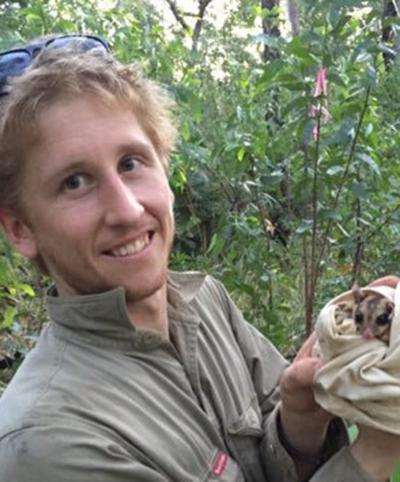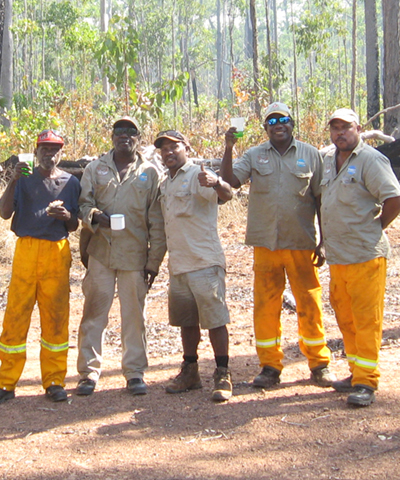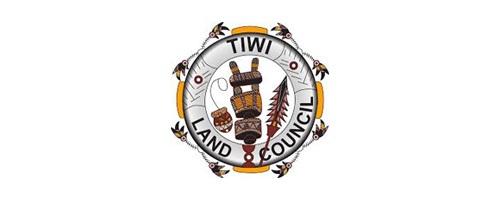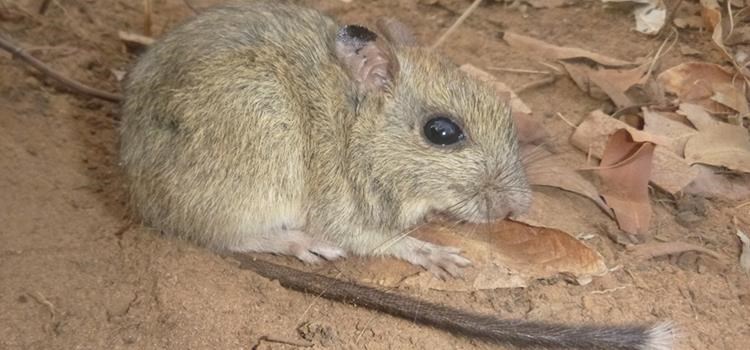
Project: 1.1.12
Mitigating cat impacts on the brush-tailed rabbit-rat
Project Leaders: Brett Murphy , John Woinarski
Research in Brief
The brush-tailed rabbit-rat has declined dramatically across northern Australia’s tropical savannas. Cat predation is considered a major threat, but cat impacts are influenced by vegetation, which in turn is strongly influenced by fire.
This project will investigate:
- relationships between fire frequency, brush-tailed rabbit-rat populations, cat populations, and habitat attributes required by small mammals;
- the extent of cat predation on the brush-tailed rabbit-rat;
- whether cat impacts can be managed through fire management or whether cat control is needed to secure the species;
- the cost-effectiveness of the two approaches;
- if fire management for carbon credits is compatible with conservation of brush-tailed rabbit-rats; and
- how to improve fire management for conservation outcomes.
Why is the research needed?
The brush-tailed rabbit-rat (Conilurus penicillatus) is a medium-sized semi-arboreal mammal found in high-rainfall tropical savannas in northern Australia. It has undergone dramatic declines, becoming extinct in Kakadu National Park in the 2000s, and now persists in only a handful of isolated regions.
The Tiwi Islands in the Northern Territory are the last stronghold of the species. Two extensive fauna surveys on the Tiwi Islands found 64% fewer brush-tailed rabbit-rats in 2015 than in 2000. While seasonal variations may have some influence, the surveys also observed that brush-tailed rabbit-rats are not present in sites where cat abundance is high and shrub cover is low.Overall this indicates that cat predation is having a negative impact on the species and suggests that fire management to promote a dense, shrubby understorey could contribute to the recovery of this species. The approach of using fire management to mitigate cat impacts has been widely advocated, yet there is virtually no direct evidence demonstrating the likely benefit. 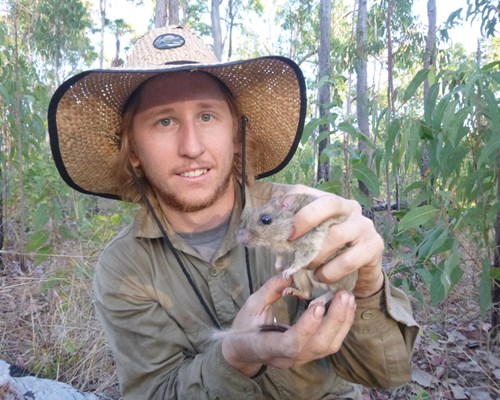
Researcher Hugh Davies. Photo: John Davies
How will the research help?
The project will fill many existing knowledge gaps about the interactions between brush-tailed rabbit-rats, cats, habitat and fire. This knowledge is vital to recovery planning and appropriate investments for recovery of this species. It will also benefit other threatened mammals and birds impacted by cats in fire-prone landscapes, which on the Tiwi Islands includes:
- Black-footed tree-rat (Mesembriomysgouldii)
- Northern brush-tailed phascogale (Phascogale pirata)
- Butler’s dunnart (Sminthopsis butleri)
- Partridge pigeon (Geophaps smithii)
In particular, the research will address whether fire management can be used to mitigate the impacts of cats on brush-tailed rabbit-rats and other threatened mammals in the tropical savannas, and identify the most appropriate fire management practises for this purpose.
We will compare the cost-effectiveness of fire management and direct control of cats as tools to enhance the viability of brush-tailed rabbit-rat populations, allowing the development of more cost-effective management programs.
The ultimate aim of the project is to estimate the level of cat control and fire management required to maintain the viability of brush-tailed rabbit-rat populations, and the cost of doing so.
What research activities are being undertaken?
We will use the Tiwi Fire Study experiment, a long-term collaboration between CSIRO, the Tiwi Land Council and Tiwi Land Rangers, to examine how deliberate changes in fire frequency affect predation of brush-tailed rabbit-rats by cats.
Three fire treatments (annual, triennial, unburnt) are imposed at each of six 50-100 hectare blocks on Melville Island, the larger of the two main Tiwi Islands. Brush-tailed rabbit-rats and cats are being monitored through trapping, radio-tracking and with motion detection cameras.
In particular, the research will assess whether manipulating fire frequency affects:
- Habitat attributes required by brush-tailed rabbit-rats;
- Habitat attributes that reduce hunting efficiency of cats;
- Population density and home range size of brush-tailed rabbit-rats and cats;
- Survival and recruitment rates of brush-tailed rabbit-rats using mark–recapture methods;
- Predation rates of cats on brush-tailed rabbit-rats using radio-tracking of both brush-tailed rabbit-rats and cats; and
- Diet of cats through stomach content analysis.
The field data will also be used by other research projects to create models of predator–prey population dynamics which include effects of habitat complexity and fire. 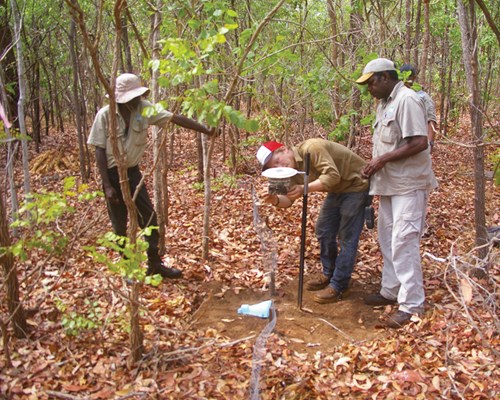
Hugh Davies and Tiwi Land Rangers setting up monitoring equipment. Photo: John Davies
Who is involved?
The project is being led by Charles Darwin University, who are collaborating closely with the Tiwi Land Council, Traditional Owners on the Tiwi Islands, the Tiwi Land Rangers and the Australian Wildlife Conservancy.
Where is the research happening?
The research is being undertaken on the Tiwi Islands, north of Darwin.
When is the research happening?
The research will take place from 2017 to June 2021.
Further Information
For more information please contact:
Dr Hugh Davies - hugh.davies@cdu.edu.au
Top image: A brush-tailed rabbit-rat on the Tiwi Islands. Photo: Hugh Davies
-
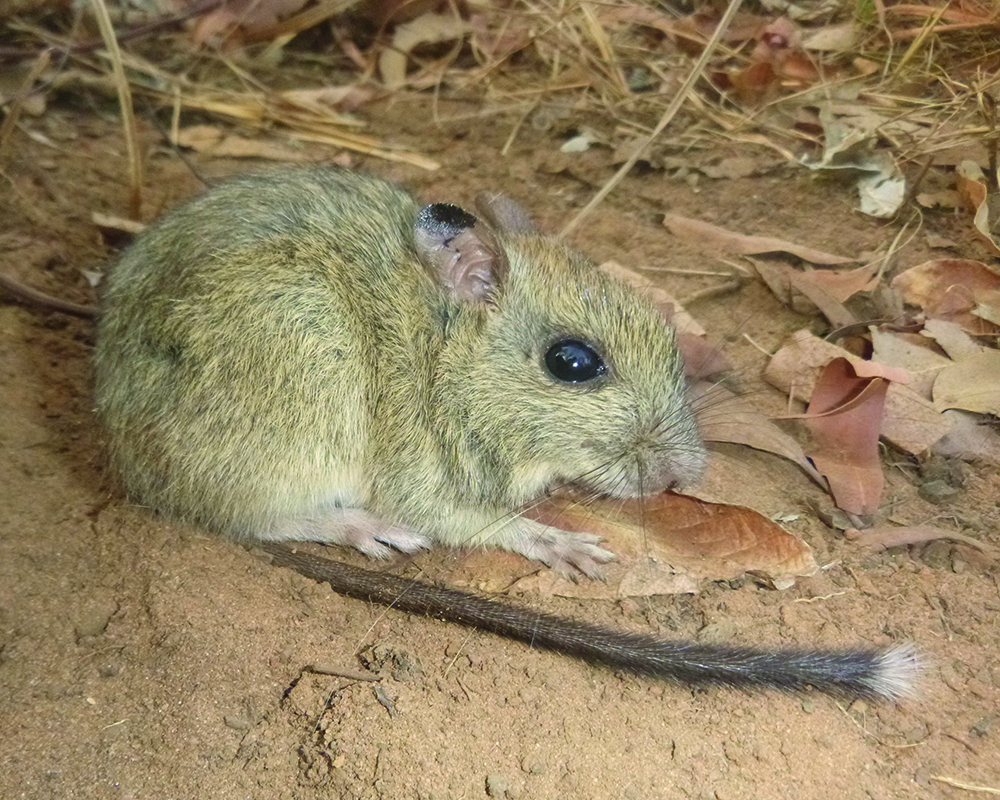
Tiwi Island mammals: Saving the brush-tailed rabbit-rat
Tuesday, 11 September 2018 -
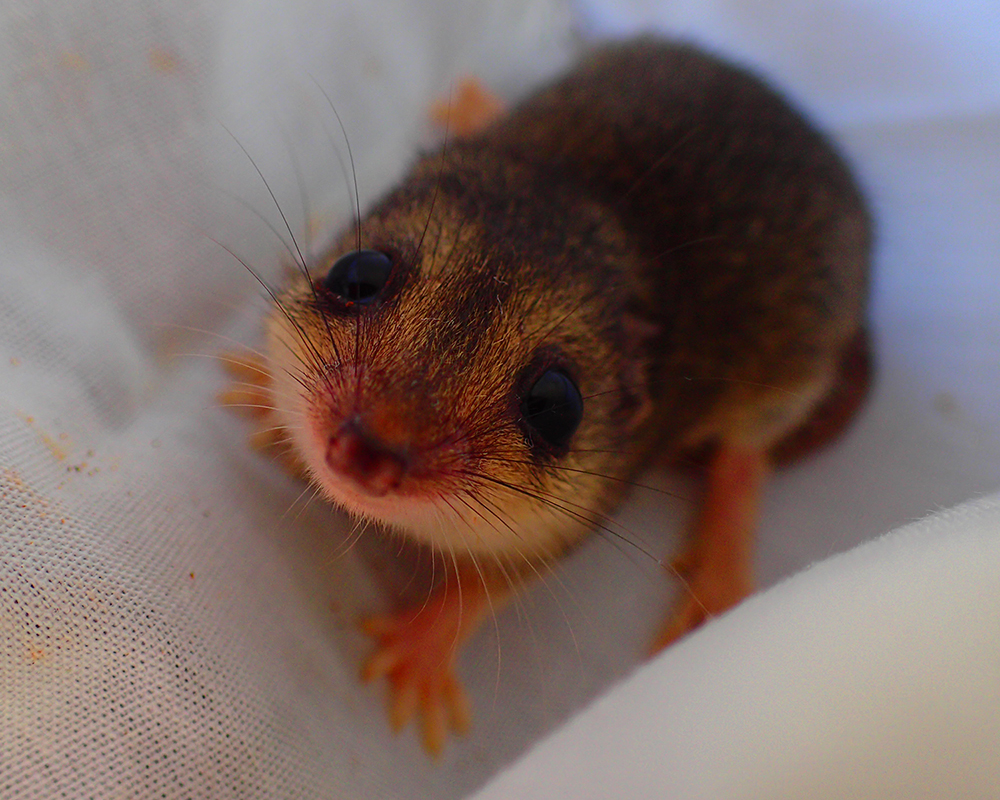
Rare tiny marsupial discovered by Harry Butler helped by new research
Thursday, 21 December 2017 -
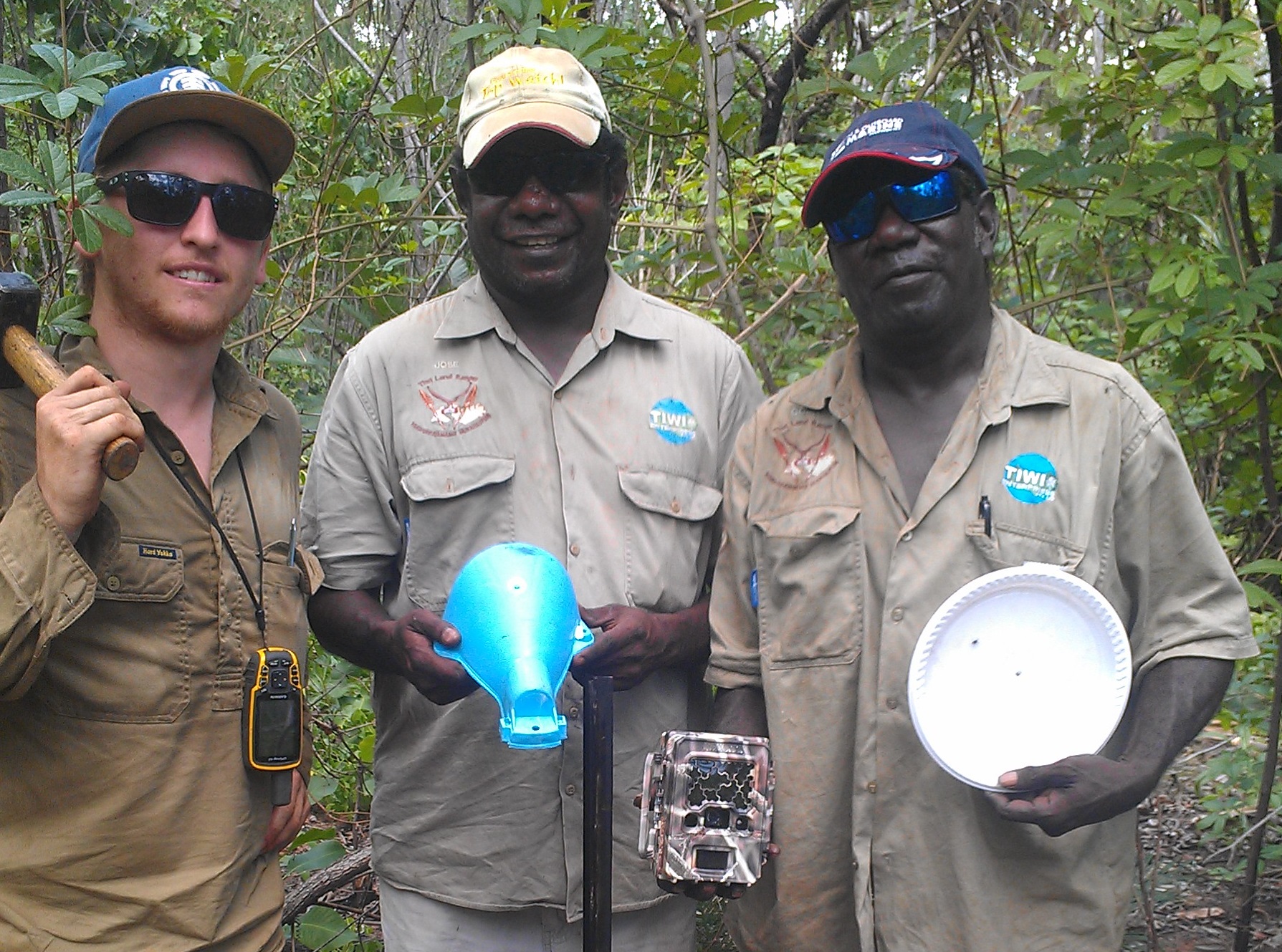
Melville Island mammal declines fought with fire
Monday, 13 March 2017 -
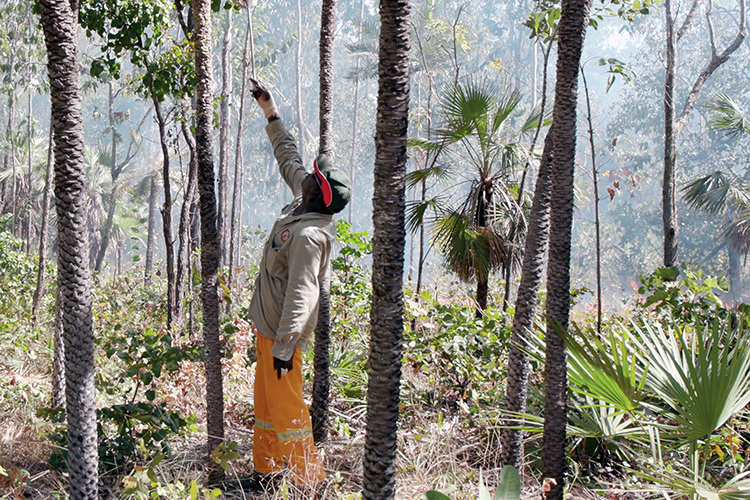
Using fire to reduce cat impacts on the Tiwi Islands
Monday, 16 March 2020





